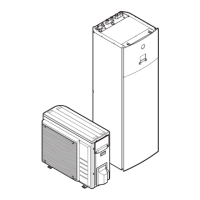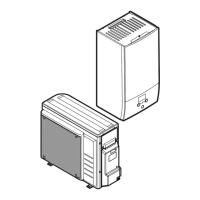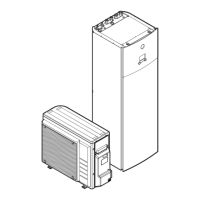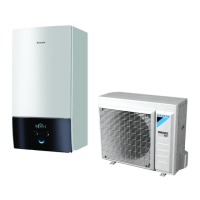What causes the water pressure relief valve to leak in my Daikin ERGA04DAV3?
- JJames BoydSep 12, 2025
If the water pressure relief valve of your Daikin Heat Pump leaks, it could be because dirt is blocking the water pressure relief valve outlet. Check whether the pressure relief valve works correctly by turning the red knob on the valve counterclockwise.






